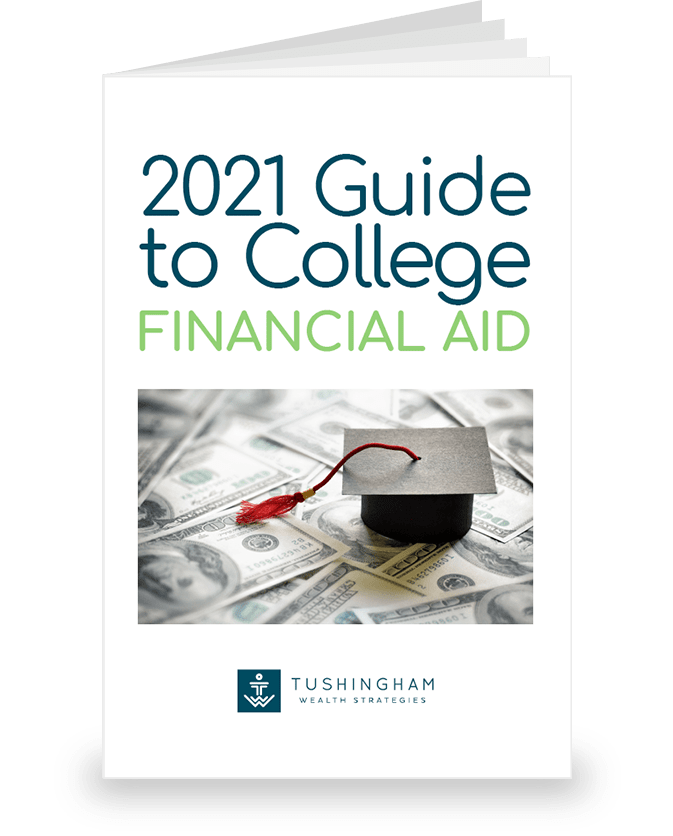To say that student loans are an issue is an understatement. Let’s look at a few statistics.
- Outstanding student loans are nearing 1.6 trillion, second only to mortgages when it comes to consumer debt.
- Current delinquency rates are over 11% and based on recent research those numbers might be drastically understated.
- The average student loan debt for Class of 2017 graduates was $39,400
The good news is that each family can develop their own strategy to pay for college. A strategy that should help reduce the reliance on student loans and the overall cost of an education. It starts by answering a few simple questions.
Are you being flexible enough in your college selection?
If your child insists on going to one school then you might want to stop reading here. College selection plays a pivotal role in reducing costs. The more flexible you are in the selection process the greater the opportunity to reduce your student loans.
Begin by researching schools to determine where your child will be a good fit on a personal level and how their academic profile compares with those of current students. We like to find schools where the student’s academic profile is in the top 25% of the incoming freshman class. College Navigator is a great resource to use in assessing this. If a school finds your child desirable it is more likely they will be accepted and awarded financial aid in the form of grants and scholarships.
Community colleges are also an excellent option as they can offer quality education and flexibility at a fraction of the cost of most other schools.
How will your selected schools assess your finances for aid purposes?
After you find schools where your child will fit in and likely be accepted you will need to determine your eligibility for financial aid. Colleges use one of two aid applications, the FAFSA and CSS Profile. Each application has their own aid methodology that produces your Expected Family Contribution, or EFC.
Your EFC is the minimum amount that you will be expected to contribute each year towards your child’s education. Two schools might produce a dramatically different EFC so it’s important to do research and determine before-hand what your EFC will be. The cost of attendance less your EFC will produce the amount of need-based aid if any, that you qualify for. Student loans are considered “need-based” aid so focus on “Net Price” which backs out loans when calculating college costs.
The important point here is to focus on schools which will view your child favorably when compared with the current student body. If a school wants your child to attend they will be more likely to meet a higher percentage of their need-based aid eligibility and with grants and scholarships and offer non-need-based aid in the form of merit aid.
What financial return can you expect from obtaining your degree?
Not all gains can be measured in dollars, but for now, let’s focus on the financial aspect of the return on your investment in your education.
College is an investment, and like any other investment, you have initial costs. Keeping your upfront costs to a minimum should logically help boost that return. This is where college selection and financial aid come into play. As we have discussed you should be flexible and consider options such as community college or finding a school where you stand out, for whatever reason.
Once you confirm your initial costs you can then calculate a future salary based on your degree. PayScale offers salary projections for specific majors and offers a return-on-investment calculation based on future income and college costs. Students pursuing advanced degrees might have greater upfront costs however their starting salaries after graduation generally justify the expense.
Almost anybody can qualify for student loans nowadays, regardless of credit score or future income potential. For this reason, most students neglect to consider their ability to pay them off or the impact they can have on meeting their future goals. Be proactive, establish a college planning strategy, start saving early and make education your greatest investment.

Download our Free Whitepaper on
Understanding College Financial Aid: Download Now
